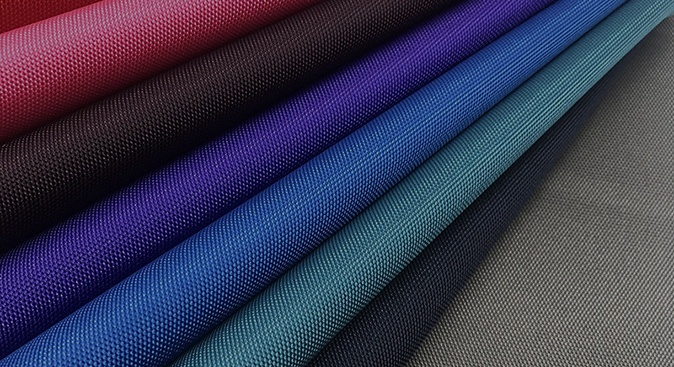Introduction
Definition of 1680D PU Coated Fabric
1680D PU coated fabric refers to a type of textile material with a high denier count and a polyurethane coating. It is known for its exceptional strength, durability, and resistance to various environmental conditions. The denier count of 1680D indicates its thickness and density, making it a robust and heavy-duty fabric option.

Differences between Various Oxford Fabrics
Oxford fabric is a type of woven textile known for its durability and versatility. However, there are different variations of Oxford fabric, including 1680D PU coated fabric. The main differences lie in the denier count, the presence of coatings, and the specific applications for each variation is suitable for. For example, 1680D fabric has a higher denier count and is often used for heavy-duty applications, while other Oxford fabrics may have lower denier counts and be used for lighter applications.
Denier count: Oxford fabrics can have different denier counts, which refer to the thickness and weight of the individual fibers. 1680D Oxford fabric has a higher denier count compared to other variations, indicating a thicker and more heavy-duty construction.
Coating: The presence of coatings can vary among different Oxford fabrics. 1680D PU coated fabric has a polyurethane coating, which enhances its water resistance and durability.

Characteristics of 1680D Oxford Fabric
Strength and Durability
1680D Oxford fabric is renowned for its exceptional strength and durability. The fabric’s denier count of 1680 indicates its thick and robust construction. The high denier count translates to stronger fibers and a denser weave, making the fabric highly resistant to tearing and wear. It can withstand heavy use and rough handling, making it ideal for applications that require long-lasting and reliable performance.
Water Resistance
One of the key features of 1680D Oxford fabric is its excellent water resistance. The fabric is treated with a polyurethane (PU) coating that forms a protective barrier. This coating prevents water from penetrating the fabric, ensuring that the contents inside, such as bags or covers, remain dry and well-protected even in wet conditions. The water resistance of 1680D Oxford fabric makes it particularly suitable for outdoor and water-repellent applications.
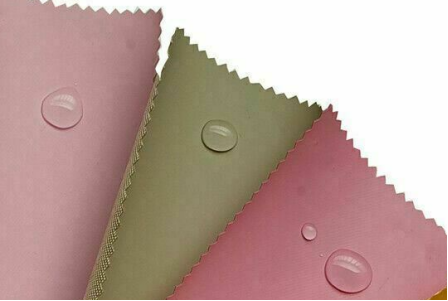
Abrasion Resistance
1680D Oxford fabric exhibits high resistance to abrasion, making it highly durable in demanding environments. The fabric’s sturdy construction and tightly woven fibers enable it to withstand friction, rubbing, and contact with rough surfaces without easily getting damaged or showing signs of wear and tear. This abrasion resistance is a valuable characteristic for products that may encounter scuffs, scratches, or other forms of friction-based damage.
Breathability
Although 1680D Oxford fabric is not as breathable as some lighter-weight fabrics, it still offers a certain level of breathability. The fabric allows a limited amount of air circulation, which helps prevent moisture buildup and enhances overall comfort for the user. While it may not provide the same level of breathability as more lightweight materials, the fabric’s ability to allow some airflow contributes to a more comfortable experience.
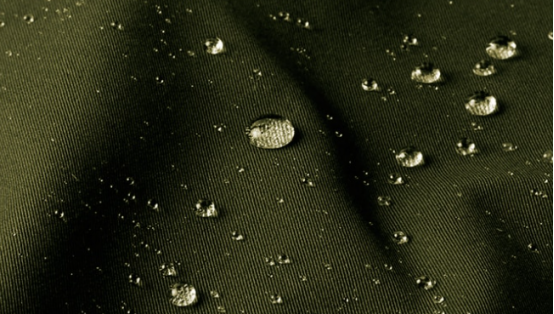
Applications of 1680D Oxford Fabric
Outdoor Gear and Equipment
1680D Oxford fabric is widely used in the production of outdoor gear and equipment. It is commonly used for manufacturing tents, backpacks, sleeping bags, outdoor covers, and other items that require high durability and weather resistance. The fabric’s strength and water resistance make it suitable for outdoor activities and environments.
Backpacks and Bags
1680D Oxford fabric is a popular choice for manufacturing backpacks, bags, and luggage. Its robust construction and abrasion resistance make it suitable for carrying heavy loads and enduring frequent use. The water-resistant property ensures that the contents remain protected even in wet conditions, making it ideal for travel, hiking, or everyday use.
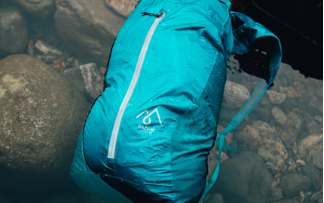
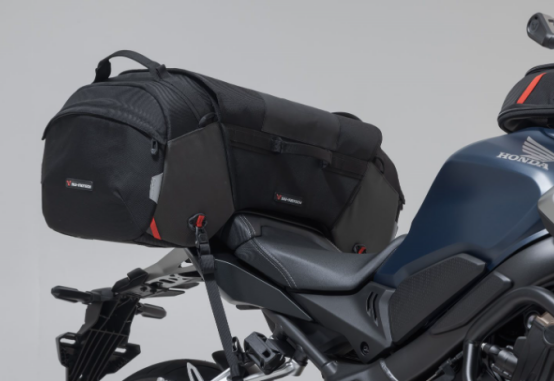
Home Furnishings
While less common than its outdoor applications, 1680D Oxford fabric can also be used in home furnishings. It is suitable for producing durable upholstery, heavy-duty curtains, cushion covers, and other furniture items that require strength and longevity. The fabric’s resistance to wear and tear ensures that it can withstand regular use in domestic settings.
Choosing Waterproof 1680D Coated Fabric
Durability and Strength
Determine the specific durability and strength requirements for your intended use. Consider factors such as the expected level of wear and tear, environmental conditions, and the type of stress the fabric will undergo. For example, if you need fabric for heavy-duty applications, look for materials that are known for their strength and ability to withstand rugged conditions.
Testing and Certification
It’s essential to verify that the fabric has undergone appropriate testing and meets industry standards for waterproofing and quality. Look for certifications or labels indicating compliance with recognized standards like ISO (International Organization for Standardization), ASTM (American Society for Testing and Materials), or EN (European Standard). These certifications confirm that the fabric has been evaluated for its performance and meets established criteria.
Supplier Selection
When sourcing 1680D coated fabric, it is essential to choose reputable suppliers. Conduct thorough research into potential suppliers, examining their track records, customer reviews, and industry experience. Look for suppliers with a reputation for consistently delivering high-quality products and with expertise in producing 1680D fabric. Engaging in communication with suppliers allows you to assess their knowledge, responsiveness, and willingness to provide samples or certifications, ensuring you select a reliable supplier.
By considering the durability and strength requirements, verifying testing and certifications, and selecting reputable suppliers, you can confidently choose 1680D PU-coated fabric that meets your needs. Its exceptional durability and strength make it an excellent choice for various demanding applications.
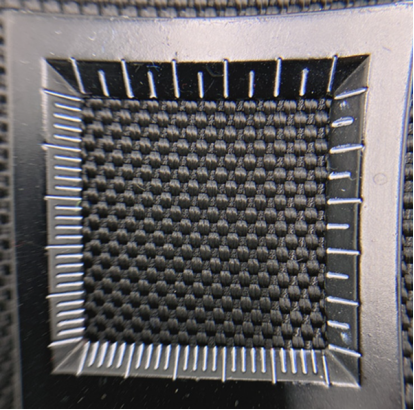
Quality Control Measures
Raw Material Inspection
Conduct a thorough inspection of the raw materials used in the fabric production process. Ensure that the materials meet the required standards in terms of quality, strength, and durability. This includes checking the denier count, fiber quality, and any additives used in the coating process.
Thoroughly inspect the raw materials used in the fabric production process. This inspection ensures that the materials meet the required standards in terms of quality, strength, and durability. Key aspects to check during the raw material inspection include:
Denier Count: Verify that the fibers used in the fabric meet the specified denier rating of 1680D. This ensures the desired thickness and strength of the fabric.
Fiber Quality: Examine the quality of the synthetic fibers used. They should be strong and resilient, capable of withstanding stress and wear.
Additives: Check for any additives used in the coating process. These additives should be of high quality and compatible with the fabric to enhance its performance and durability.
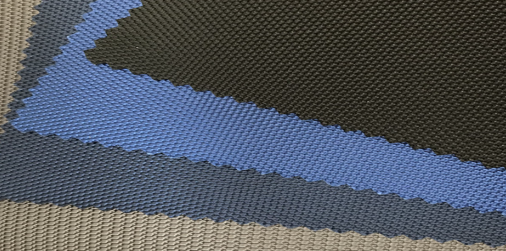
Coating Thickness Measurement
Measure and control the thickness of the polyurethane (PU) coating applied to the fabric. The coating should be evenly distributed and adhere to the desired thickness specifications. Use appropriate measuring tools such as a coating thickness gauge to ensure consistency throughout the fabric.
To ensure consistency and quality, consider the following:
Coating Thickness Gauge: Use appropriate measuring tools, such as a coating thickness gauge, to measure and monitor the thickness of the PU coating. Regularly check multiple points across the fabric to ensure uniform coating distribution.
Adherence to Specifications: Compare the measured coating thickness with the desired specifications. If variations are found, take corrective measures to ensure the coating meets the required thickness.

Testing Procedures
Implement testing procedures to assess the fabric’s performance and adherence to specific requirements. Common tests for 1680D coated fabric include water resistance testing, abrasion resistance testing, tear strength testing, and colorfastness testing. These tests ensure that the fabric meets industry standards and can withstand the intended applications.
Common tests for 1680D PU-coated fabric include:
Water Resistance Testing: Evaluate the fabric’s ability to repel water and maintain its waterproof properties. This test ensures that the fabric provides reliable protection against moisture.
Abrasion Resistance Testing: Assess the fabric’s ability to withstand rubbing, friction, or scraping. This test determines its resistance to wear and tear, crucial for applications in rugged environments.
Tear Strength Testing: Measure the fabric’s resistance to tearing under a specific force. This test determines the fabric’s durability and ability to withstand high levels of stress.
Colorfastness Testing: Evaluate the fabric’s resistance to fading or bleeding of color when exposed to light or washing. This test ensures that the fabric maintains its appearance over time.
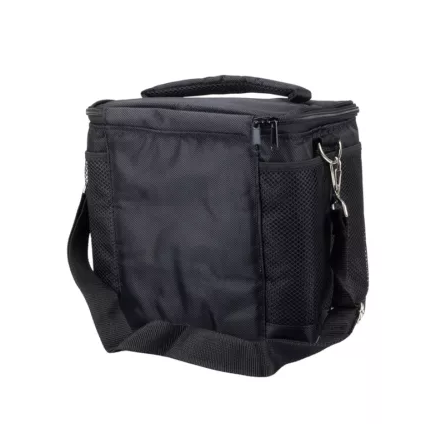
Conclusion
In summary, 1680D Oxford fabric is a heavyweight and highly durable material known for its exceptional strength, durability, water resistance, and abrasion resistance. With its high denier count and sturdy construction, it can withstand heavy use and rough handling without easily tearing or wearing out. This makes it an ideal choice for applications that require a robust and reliable fabric.
The PU coating applied to 1680D Oxford fabric provides excellent water resistance, forming a protective barrier that prevents water from penetrating the fabric. This feature makes it suitable for various outdoor applications, such as backpacks, tents, and covers, where protection against moisture is essential.
Additionally, 1680D Oxford fabric exhibits high resistance to abrasion, allowing it to withstand friction, rubbing, and contact with rough surfaces without easily getting damaged or showing signs of wear and tear. This characteristic makes it a preferred choice for products that may encounter scuffs, scratches, or other forms of friction-based damage.
The fabric is available in a wide range of colors, providing versatility in design and aesthetics. This allows for customization and the ability to match specific brand identities or preferences.
In terms of maintenance, 1680D Oxford fabric is generally easy to clean and maintain. The PU coating provides a level of stain resistance, and the fabric can often be wiped clean with a damp cloth. This makes it convenient for regular use and ensures its longevity.
In conclusion, 1680D Oxford fabric offers a combination of strength, durability, water resistance, and abrasion resistance, making it a highly versatile and reliable material for various applications. Its robust construction ensures longevity and reliable performance, making it a worthwhile investment. By considering sustainability aspects and seeking eco-friendly options, you can further enhance the fabric’s appeal and contribute to a more sustainable future.



